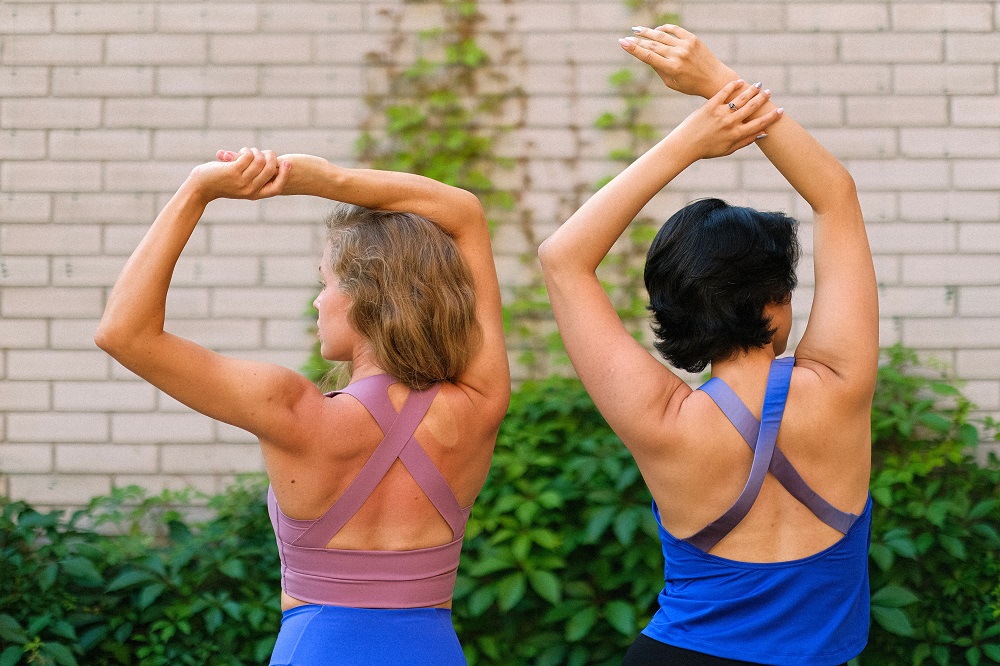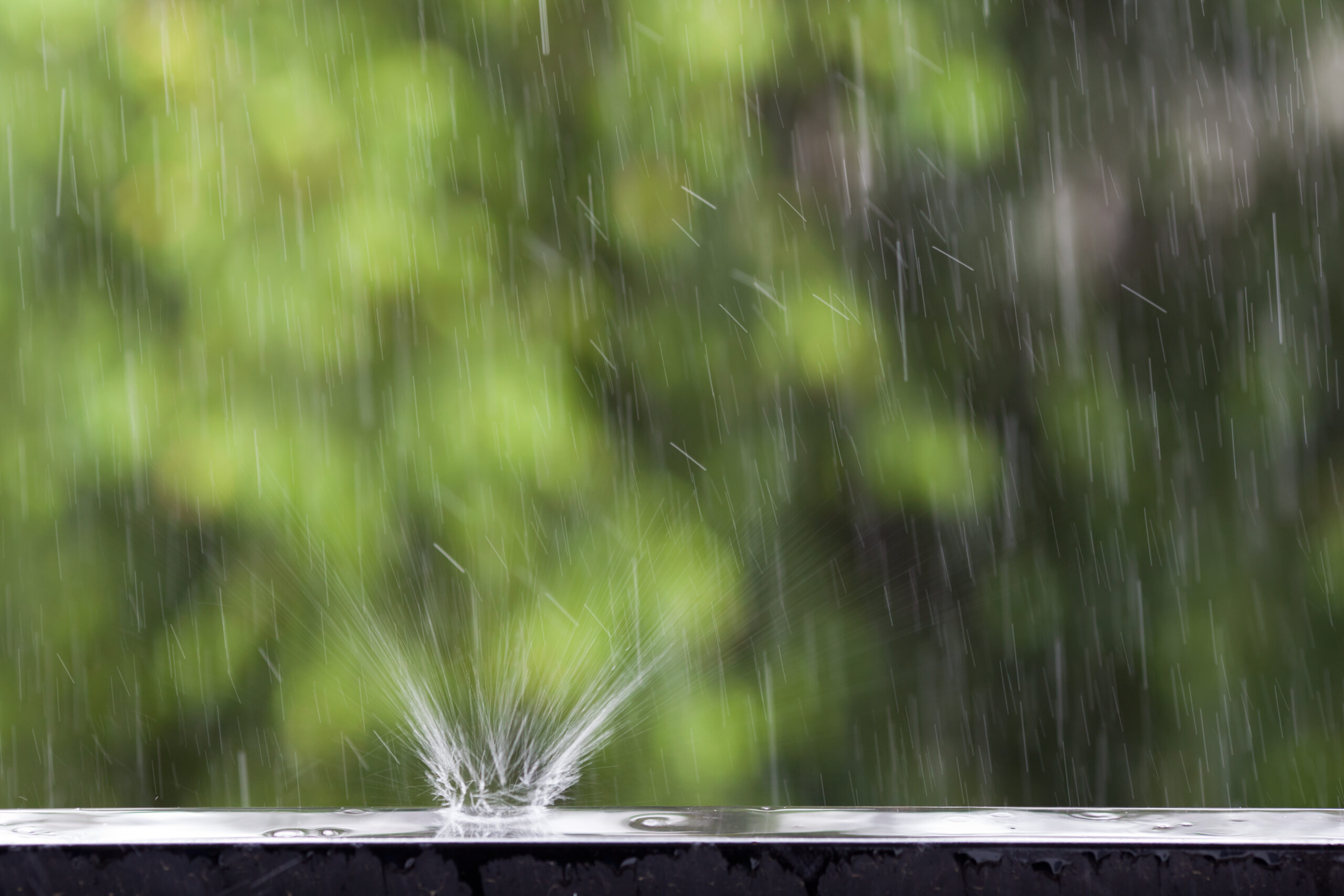The best exercises for a beginner to try include those in the following categories:
- Aerobics
- Strength training
- Calisthenics
- High intensity interval training (HIIT)
- Balance/stability
- Flexibility
The rest of this article will tell you all you need to know about each of these categories, what they entail, and the best beginner exercises in each.
What Should I Do Before I Workout?
There are four important things to keep in mind before beginning a workout regimen:
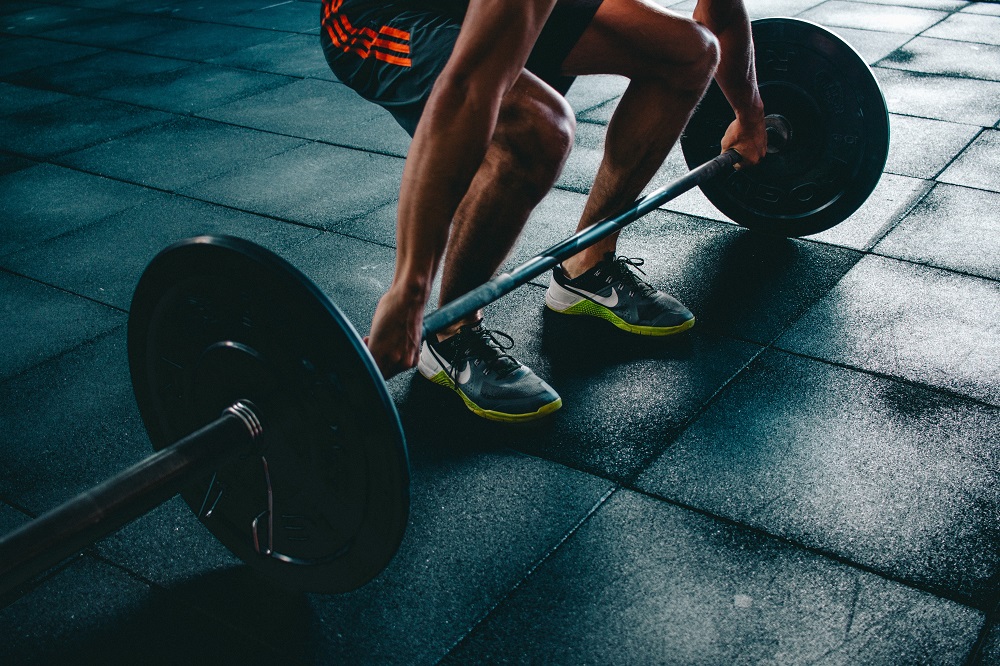
- Stay hydrated – drink plenty of water, especially during workouts to replenish the hydration lost in sweat
- Eat a balanced diet – a rounded diet of fruits, vegetables, proteins, and carbs is essential for keeping your body healthy and for optimizing your workout
- Warm up – gently stretch your muscles at the beginning of your workout to avoid cramping and injury
- Be aware of your limits – pushing yourself too hard, especially if you’re new at exercising, can result in injury
What Are the Best Beginner Exercises in Each Category?
Aerobics
Aerobics are exercises that involve continuous movement. The best aerobic exercises for beginners include:
- swimming laps
- walking (briskly)
- jumping rope
- running in place
Strength Training
As the name suggests, these are exercises that strengthen your muscles. Beginner exercises include:
- lifting weights – be sure to start light and add weight as you become more comfortable
- lunges
- squats
Calisthenics
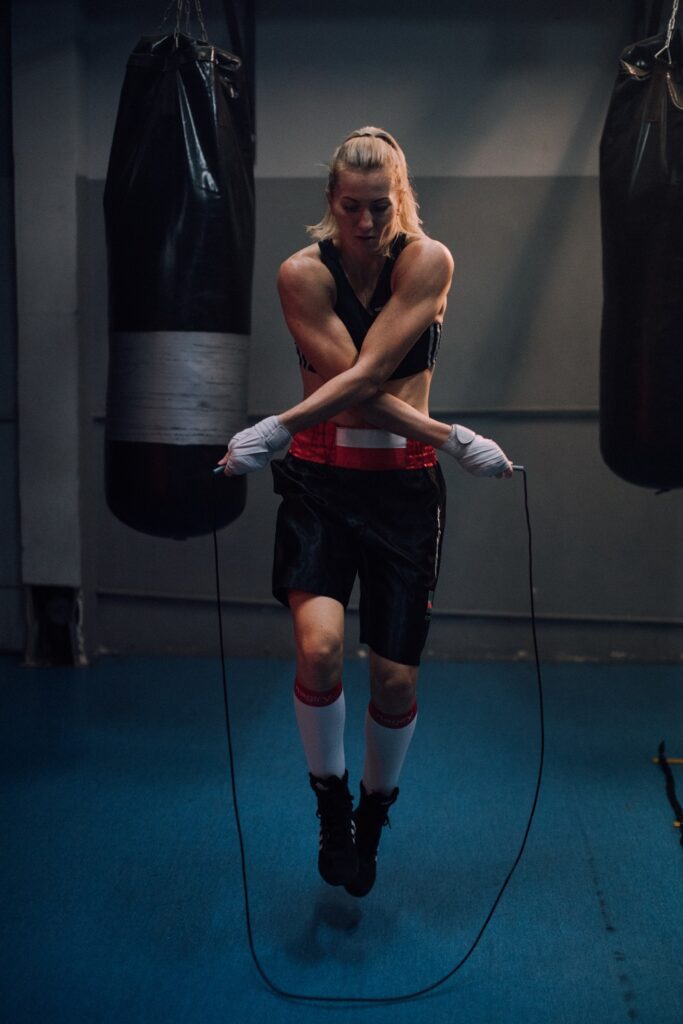
Considered a part of aerobics, calisthenics involve working large muscle groups (chest, shoulders, abs, back, triceps, glutes, and quads). Beginner calisthenics include:
- push-ups – wall push-ups are great when you’re a beginner, as you’re not elevating your entire body weight. Stand in a standing plank position with both palms flat against the wall.
- sit-ups
- pull-ups
- squats
Important note: with each of the calisthenic exercises listed above, start small with sets of 5 – 10 each and rest between sets. Otherwise, you could cause yourself injury.
High Intensity Interval Training (HIIT)
These exercises involve repetitions of high-intensity aerobic workouts for short periods of time interspersed with slower paced workouts.
- Sprinting for 1 – 2 minutes, then walking for 5 – 8 minutes before repeating (make sure to warm up first)
- On a stationary bike, pedal hard and fast for about 30 – 60 seconds before pedaling at a slow pace for 2 – 5 minutes
Balance/Stability
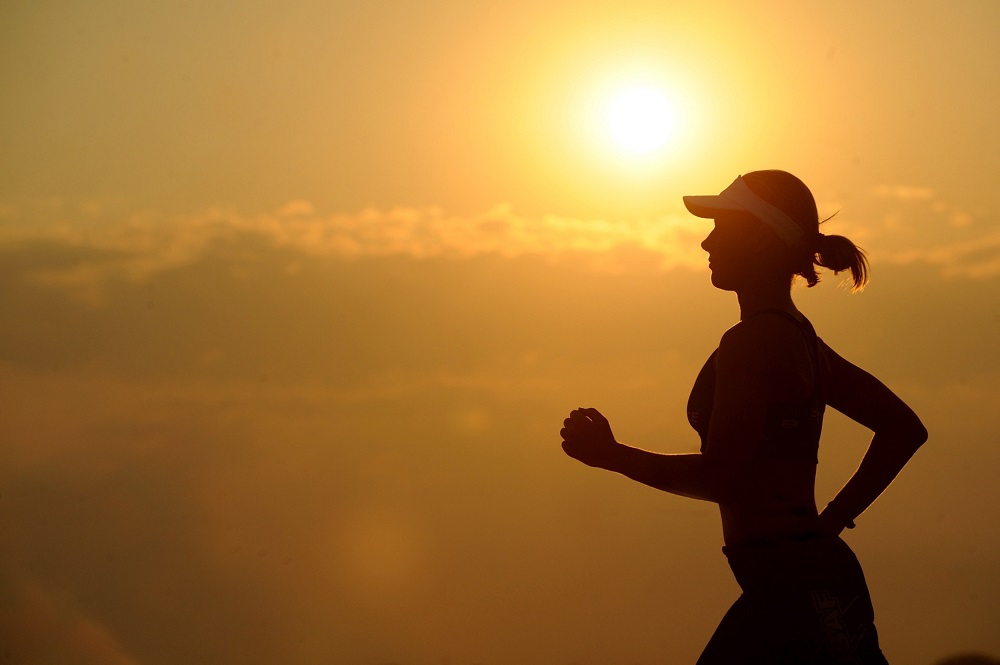
Exercises that help your body develop better balance and coordination include:
- Tai chi – these poses are slow and low-intensity, with each pose transitioning smoothly into the next
- Pilates – not only does Pilates develop balance, but it also helps with muscle conditioning
- Jumping jacks
Flexibility
Flexibility training is important to reduce the risk of muscle strain or other injury during exercise. Examples of good beginner flexibility training are:
- Yoga
- Toe-touches (upright or in a sitting pose)
What Workout is Right for Me?
Experts suggest having a well-rounded exercise regimen that includes exercises in each of the major categories. If you’re new to exercising, a good suggestion is to have a high-intensity workout one day, then the next day either rest or include some form of gentle exercise like tai chi or yoga.
